Brand Manual on pea kaks aastat aidanud ettevõtetel parandada oma konkurentsieeliseid. Üsna pea tajusime, et vastuseis meie mõtetele tuleneb sellest, et brändingu nime all on ettevõtetele müüdud logo joonistamist ning sisuline töö on jäetud tegemata.
Sestap panime kokku oma koolituse, Branding ABC, kus lahkasime sõnastatud konkurentsieelise temaatikat. Oleme koolitust edukalt läbi viinud mitmekümne ettevõttega ja soovitame seda endiselt oma tulevastele klientidele kui ka kõigile, kes tahavad lisaks teoreetilistele aruteludele ka praktilist nõu saada.
Nüüd võtsime oma fookuse alla innovatsiooni. Kuidas toimub uuendusprotsess, mis seda takistab ja millised on universaalsed tööriistad selle läbiviimiseks. Me ei räägi radikaalsest innovatsioonist, leiutamisest, me räägime astmelisest innovatsioonist. Me räägime sellest, miks ettevõtted muutuvad kasvades innovatsioonivaenulikuks ja kuidas nende juhtkond ei saa sellest enne teada kui nende naftaplatvorm juba põleb.
Eelmise aasta lõpus viisime oma klientide seas läbi küsitluse, kus mitmed kliendid heitsid meile ette jäärapäisust. Samas toodi meie põhimõttekindlust välja kui tugevust, mis võimaldab kord ette võetud tee lõpuni käia. Kui soov on kaalust alla võtta, siis aitab sihikindel treener.
Seesama oskus minna oma ideede elluviimisel lõpuni välja on see, mille oleme nüüd vorminud päevaseks koolituseks, mil nimeks Innovatsiooni ABC. Kavatseme selle ka materjalina üles riputada, kel aga suurem huvi, võib saada osa meie testkoolitusest, saates meile kirja.
Üks märkus veel. Oleme oma suhtluses läinud üle inglise keelele puhtpraktilistel kaalutlustel. Meie teenuseid vajavad Eesti miljonist elanikust 1%, samas on meil maailmas miljon potentsiaalset klienti, kellest vaid 1% räägib eesti keelt.









